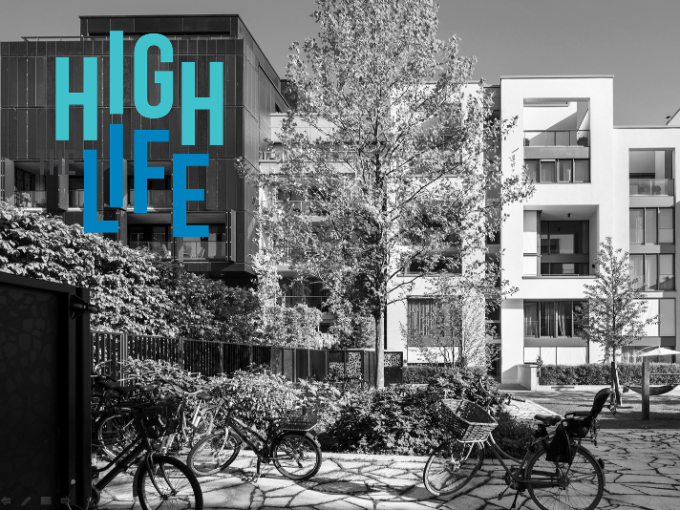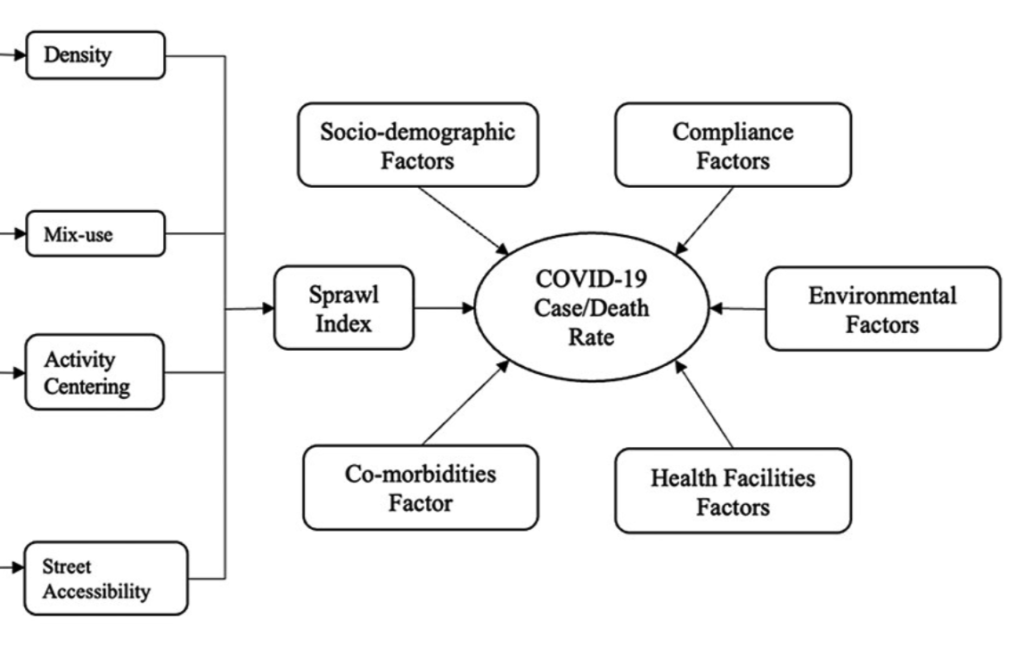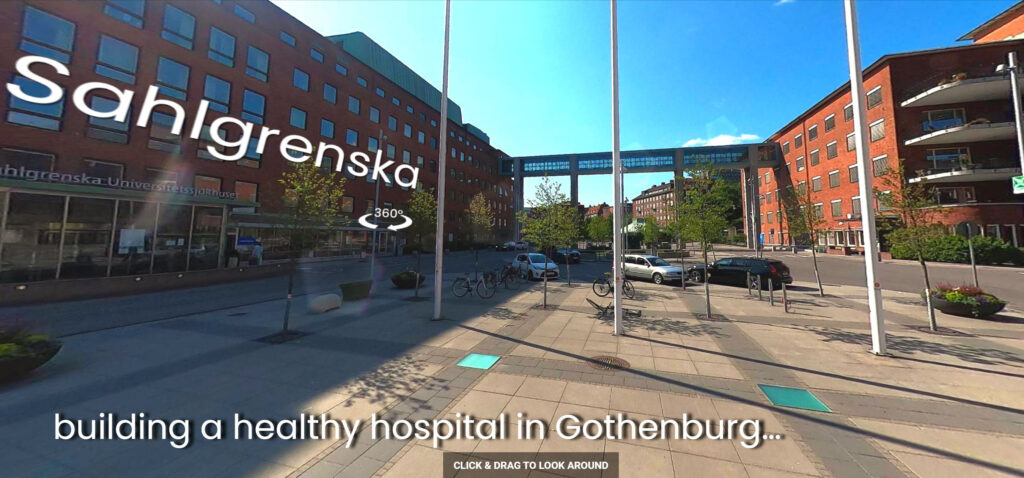City Know-hows

Target audience
Spatial planning and health teams, planners and consultants in public health
The problem
The design of a neighbourhood plays a central role in shaping the health and well-being of residents. Several studies have investigated the impacts of neighbourhood design on health and well-being. Yet, there are limited reviews investigating the quality of the evidence and the most effective interventions at a population level.
There is a need to present a holistic account of the relationship between urban environment and well-being and identify gaps in the evidence base.
What we did and why
We conducted a systematic review of existing evidence investigating the impact of neighbourhood design on health and well-being. A total of 7694 research articles and published reports were screened to identify studies that matched our aims and objectives. Studies selected for inclusion were subject to a rigorous quality assessment process using the Quality Assessment Tool for Quantitative Studies following which 22 studies deemed to be of moderate or high-quality were included in the findings.
Our study’s contribution
Evidence from our review reinforces existing research about the important associations between neighbourhood design and well-being.
Our review also identified areas of uncertainty such as associations between proximity to green space and the increased risk of asthma among children.
Impacts for city policy and practice
For urban health we found it important to note that promoting health through the design of the neighbourhood can improve wellbeing and quality of life at a population level. However, there is also need for more rigorous empirical studies that will enable the identification of the causal relationships.
Further information
The UPSTREAM project: Working with the UK’s major delivery agencies – landowners, developers, asset managers, local government – using live large-scale urban development projects as case studies, and quantifying external costs from associated health impacts using economic valuation, the project explores the barriers and opportunities for integrating health outcomes, focusing in particular on upstream decision-making.
Full research article:
Related posts

This study adds to the literature on the health impacts of lockdowns by examining longitudinal changes in the health behaviours of Australian apartment residents. Following the COVID-19 lockdown, residents reported increased walking for recreation, sleep duration, and home cooking frequency, but decreased walking for transport, greater sitting time, and weight gain. Alcohol consumption remained stable.

Compactness level urban areas have different health related outcomes during COVID-19.

On this webpage, follow the Bötzowviertel case, a neighborhood streetscape analysis with pedestrian solutions.